Lasagna Bolognese is an institution, the quintessential baked lasagna, the typical Sunday dish. This rich and flavorful dish originates from Emilia Romagna (the land of the Balsamic Vinegar of Modena), and specifically, the city of Bologna. However, baked lasagna is known, appreciated, made, and remade for holidays and not only, tasted and shared throughout Italy and abroad as an Italian symbol dish. Baked lasagna consists of layers of fresh egg pasta, seasoned with the classic traditional ragù, béchamel, and grated cheese. Of course, there are numerous and delicious variations of lasagna such as pumpkin and sausage lasagna, mushroom lasagna, mountain-style lasagna, perfect for autumn menus, artichoke lasagna for the winter and spring season, or white lasagna, without tomato, and one without béchamel. There are also playful reinterpretations like lasagna swirls with ragù. From preparation to ingredients, this recipe is the quintessence of the "richness" of traditional Bolognese cuisine, also famous for many other fresh pasta recipes and not only, just think of fried gnocco. All that's left is to prepare it and enjoy it with your family for a truly special day... for example, as the main course of the Easter or Christmas menu!
For the Green Egg Pasta Dough:
- Semolina Flour (re-milled hard wheat): 12.3 ounces (approx. 2.5 cups)
- All-Purpose Flour: 5.3 ounces (Type 00, approx. 1 cup + 1 tablespoon)
- Spinach: 8.8 ounces (fresh, approx. 2 cups once cooked and pureed)
- Eggs: 2 large
- Egg Yolks: 3 large
For the Ragù:
- Ground Beef: 10.6 ounces (coarse grind, approx. 2/3 pound)
- Pancetta: 5.3 ounces (diced, approx. 2/3 cup)
- Carrots: 1.8 ounces (finely chopped, approx. 1/3 cup)
- Celery: 1.8 ounces (finely chopped, approx. 1/3 cup)
- Golden Onions: 1.8 ounces (finely chopped, approx. 1/3 cup)
- Red Wine: 3.4 fluid ounces (approx. 1/3 cup + 1 tablespoon)
- Tomato Purée: 10.6 ounces (approx. 1 1/3 cups)
- Vegetable Broth: As needed (start with 1 cup and adjust)
- Extra Virgin Olive Oil: 3 tablespoon
- Fine Salt and Black Pepper: To taste
For the Béchamel Sauce:
- Butter: 2.5 ounces (approx. 5 tablespoons)
- All-Purpose Flour: 2.5 ounces (Type 00, approx. 1/2 cup)
- Whole Milk: 4.2 cups (1 liter)
- Fine Salt: To taste
- Nutmeg: Grated, to taste
For Seasoning:
- Butter: As needed (for greasing the pan and dotting on top)
- Parmigiano Reggiano (PDO): 9.5 ounces (grated, approx. 2 cups)

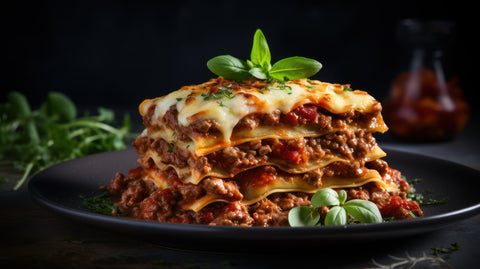
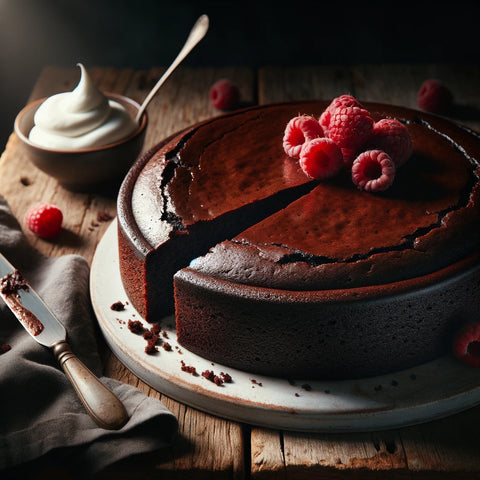
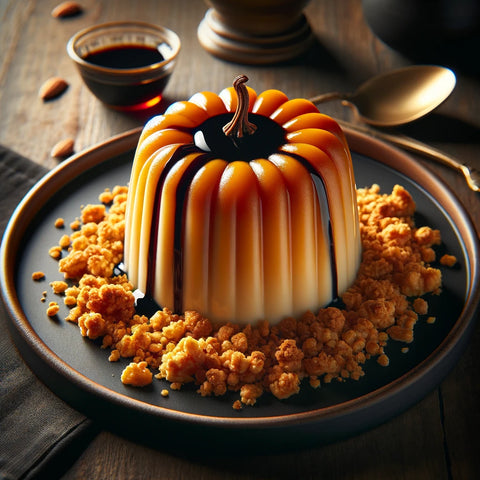
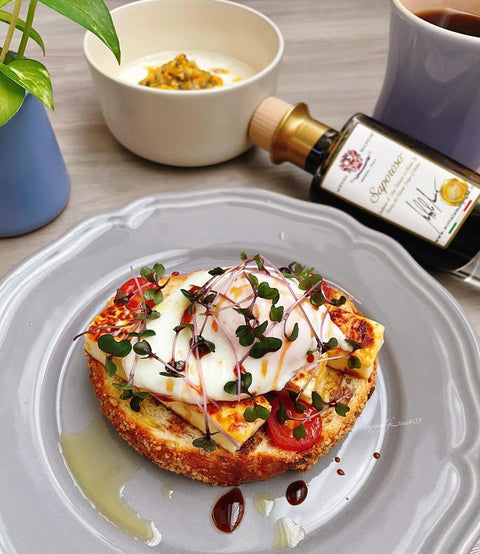
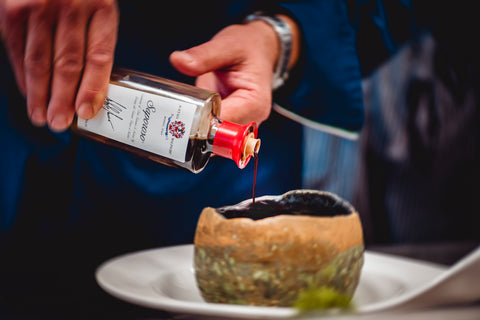
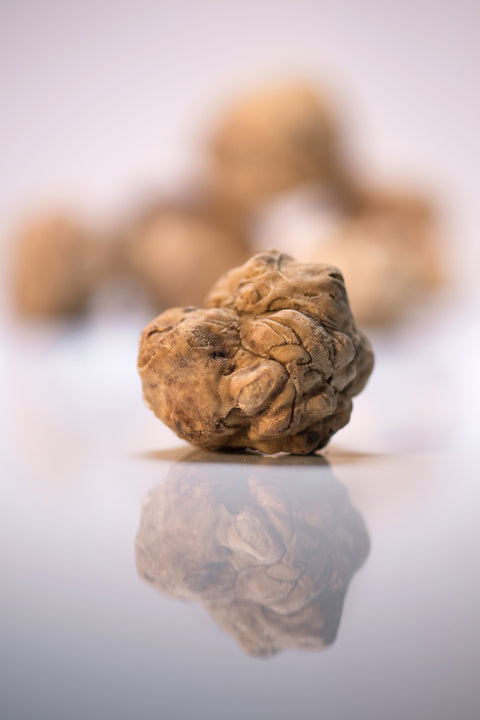
Comments (0)
There are no comments for this article. Be the first one to leave a message!